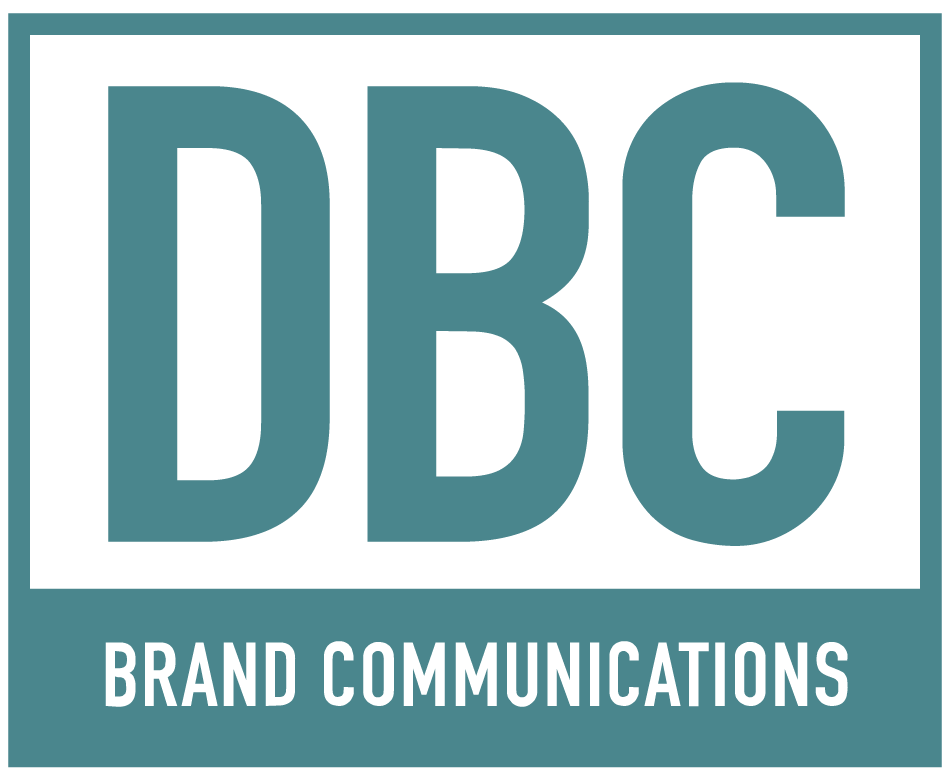2025 will be a year of transformational change for the television industry. In this special four part series, DBC Brand Communications and Jon Lafayette, former Business Editor at Broadcasting & Cable, look at what lies ahead for Broadcast Linear TV, Cable TV, Streaming and CTV. Here, a look at The Future of CTV.
Everyone says connected TV is the next big thing. The road to domination has proved rough, however, and there are still a number of obstacles slowing the utilization of the ad medium of the future.
CTV is defined in different ways by different people. For right now, let’s say CTV is ad-supported streaming. Streaming in general has grown quickly, accelerated by the pandemic. Many of the most popular streaming services started out ad-free, notably Netflix, Amazon Prime Video and Disney+.
Now nearly everyone is showing commercials on an ad-supported tier—joining the ad-supported OGs like Hulu, Roku, Tubi, FAST channels and set makers. Bottom line: subscription fees from consumers aren’t enough to support the production of quality content. You need to sell ads to do that.
CTV, in theory, is catnip to marketers. It combines the sight, sound and motion that powers TV advertising with the data, targeting and measurement promised by digital advertising.
And yet, the flow of ad dollars to CTV is lagging viewing. CTV is expected to account for 20% of time spent with media per day, according to eMakreter, up from 11.5% in 2020. But eMarketer expects CTV to attract just 8.1% of total ad spend.
One reason for the spending lag is that the promises of CTV are not yet being delivered by the programmatic systems used to buy, sell and track CTV advertising. A new study by the Association of National Advertisers found that for every $1,000 entering a programmatic demand-side platform, just 43.9% of that spending reaches consumers’ screens. That’s up 7.9% from a similar 2023 study that did not include spending on CTV. In the 2024 study, CTV represented 28% of programmatic ad spending.
Stats like that make advertisers–and media buyers–concerned about the “taxes” they have to pay for data, matching and other technology. The technology is necessary, and consolidation in the ad tech world appears to be reducing the tax rate.
Another issue is the ability to properly steward CTV ad buys in order to know precisely where commercials appear, in which episodes of which shows, and precisely who they reach. Not having this information makes planning CTV campaigns difficult and accurately calculating reach and frequency impossible. TV advertisers are used to a more granular accounting for the content that is adjacent to their brands. They want content that is not only brand safe, but appropriate for achieving their marketing goals, and dread finding themselves in unsavory neighborhoods.
The good news in the ANA study was that the industry is seeing some positive movement toward suppliers providing log-level data for CTV. The report included a recommendation that advertisers request log-level data access from suppliers so they can “uncover more optimization opportunities and make real-time, informed decisions.”
Tony Marlow, chief marketing officer at LG Ad Solutions, is bullish on CTV. Marlow asserts that the industry crossover–when there will be more minutes streamed than minutes watched on broadcast–will happen in 2025, not ‘26 as other prognosticators expect..
Of course not all of that streaming is ad-supported, though the ad supported share is growing. For now though, Marlow believes that the lack of supply of CTV inventory is a big reason why CTV ad adoption by marketers trails streaming viewership.
Naturally, Marlow says that working with a set-maker (OEM) like LG can solve some of the problems with CTV and deliver more addressability and better measurement. Instead of working with an untold number of CTV providers whose data isn’t interoperable, there are only a handful of set-makers. Dealing with just two of the biggest ones gives you access to about 50% of the TVs in the U.S. Add a couple more, and you’re looking at 75% of the U.S.
Marlow said LG provides advertisers with frequency control and too much frequency is not only wasteful, but irritating to consumers.
“I do think that it’s not unlikely we’ll start to hear conversations around, should there be cooperative efforts around the OEMs for measurement purposes, to help buyers see across these [platforms], and I think that that’s a healthy discussion for the industry,” Marlow said.
Other entities are also looking to help “fix” CTV. At the Trade Desk, CTV makes up about 20% of its business. Last month, The Trade Desk announced that it has developed Ventura, a streaming TV operating system it says provides an answer to frustrating user experiences, inefficient advertising supply chains and content conflict of interests.
If one has faith in technology, the issues of CTV advertising will get ironed out sooner or later. And at that point, viewers will be able to lean back and watch TV, advertisers will have a better mousetrap to catch consumers and revenue will flow to support creation of premium content. Seems too good to be true.

Jon is the former business editor of Broadcasting+Cable since 2010. Before B+C, Jon covered the industry for TVWeek, Cable World, Electronic Media, Advertising Age and The New York Post. A native New Yorker, Jon is hiding in plain sight in the suburbs of Chicago.
